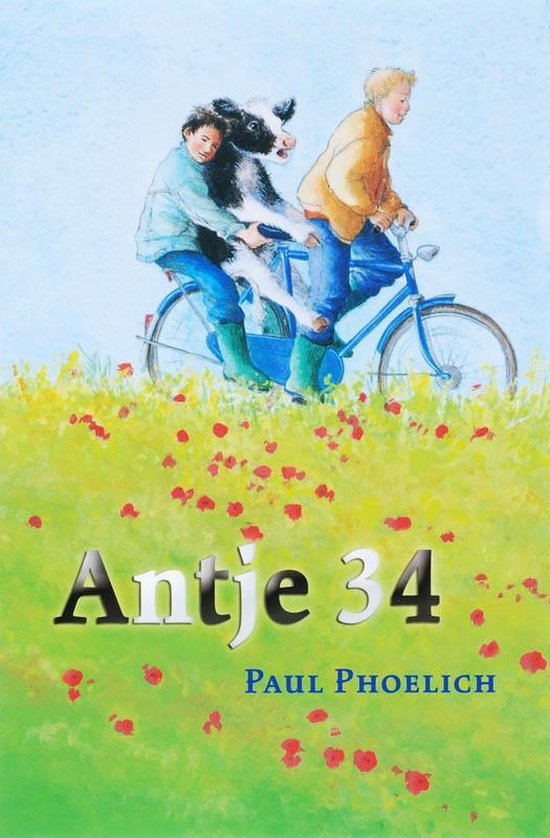
Joodse Kunstenaars Jewish Artists
Eeuwenlang weerhield het tweede van de tien geboden kunstenaars uit de Joodse gemeenschap ervan mensen af te beelden. En de enkeling die het toch deed, bleef anoniem. Net als de overige Joodse kunstenaars, die vooral religieuze attributen en boekrollen vervaardigden, in de anonimiteit, want het ging er vooral om God te eren. Bovendien was de maatschappelijke positie van Joden in de diaspora (afgezonderd en buitengesloten, vaak opgesloten in ghetto's) er niet naar bekend te worden buiten de eigen kring.
Dankzij de Franse revolutie is hier verandering in gekomen. De Joden werden vrij, kregen gelijke rechten en begonnen deel te nemen in deel te nemen in de cultuur van de landen waar ze woonden. Verschillende toonaangevende kunstenaars zijn inmiddels uit hun midden opgestaan.
Kunsthistorica Ruth le Febvre-Feld bespreekt in dit boek dat betrekkelijk nieuwe verschijnsel: de Joodse kunstenaar of architect, die bekend is en beroemd en deel uitmaakt van het culturele leven. Aan de orde komen grote namen als Chagall, Isra en Libeskind maar ook een aantal toonaangevende Isra sche kunstenaars, inclusief de Bauhaus-architecten van Tel Aviv en de bewoners van het kunstenaarsdorp Ein Hod.
Dr. Ruth le Febvre-Feld doceerde aan universiteiten in Isra en de Verenigde Staten en diverse instellingen in Nederland. Zij schreef dit boek naar een idee van Max van Gelder.
For centuries, the second commandment prevented Jewish artists from depicting the image of man. The few artists who actually did so remain anonymous, like other Jewish artists who created religious symbols and scrolls in praise of God. The social position of Jews in the Diaspora (isolated and excluded, often confined in ghettos ) also contributed to anonymity beyond their immediate circle. Change came with the French revolution. Jews were granted freedom and equal rights and suddenly became active participants in the local culture. Various prominent artists arose from this new environment.
Art historian Ruth le Febvre-Feld examines the relatively new phenomenon: the Jewish artist or architect, known and renowned and part of cultural life. Great names like Chagall, Isra and Libeskind, as well as a number of leading Israeli artists, including the Baushaus architects from Tel Aviv and the residents of the Ein Hod artists colony, are discussed.
Dr. Ruth le Febvre-Feld has lectured at universities in Israel and the U.S. and various institutions in the Netherlands. This book is based on an idea by Max van Gelder.
Dankzij de Franse revolutie is hier verandering in gekomen. De Joden werden vrij, kregen gelijke rechten en begonnen deel te nemen in deel te nemen in de cultuur van de landen waar ze woonden. Verschillende toonaangevende kunstenaars zijn inmiddels uit hun midden opgestaan.
Kunsthistorica Ruth le Febvre-Feld bespreekt in dit boek dat betrekkelijk nieuwe verschijnsel: de Joodse kunstenaar of architect, die bekend is en beroemd en deel uitmaakt van het culturele leven. Aan de orde komen grote namen als Chagall, Isra en Libeskind maar ook een aantal toonaangevende Isra sche kunstenaars, inclusief de Bauhaus-architecten van Tel Aviv en de bewoners van het kunstenaarsdorp Ein Hod.
Dr. Ruth le Febvre-Feld doceerde aan universiteiten in Isra en de Verenigde Staten en diverse instellingen in Nederland. Zij schreef dit boek naar een idee van Max van Gelder.
For centuries, the second commandment prevented Jewish artists from depicting the image of man. The few artists who actually did so remain anonymous, like other Jewish artists who created religious symbols and scrolls in praise of God. The social position of Jews in the Diaspora (isolated and excluded, often confined in ghettos ) also contributed to anonymity beyond their immediate circle. Change came with the French revolution. Jews were granted freedom and equal rights and suddenly became active participants in the local culture. Various prominent artists arose from this new environment.
Art historian Ruth le Febvre-Feld examines the relatively new phenomenon: the Jewish artist or architect, known and renowned and part of cultural life. Great names like Chagall, Isra and Libeskind, as well as a number of leading Israeli artists, including the Baushaus architects from Tel Aviv and the residents of the Ein Hod artists colony, are discussed.
Dr. Ruth le Febvre-Feld has lectured at universities in Israel and the U.S. and various institutions in the Netherlands. This book is based on an idea by Max van Gelder.
| Auteur | | Ruth Le Febvre-Feld |
| Taal | | Nederlands |
| Type | | Hardcover |
| Categorie | | Kunst & Fotografie |





